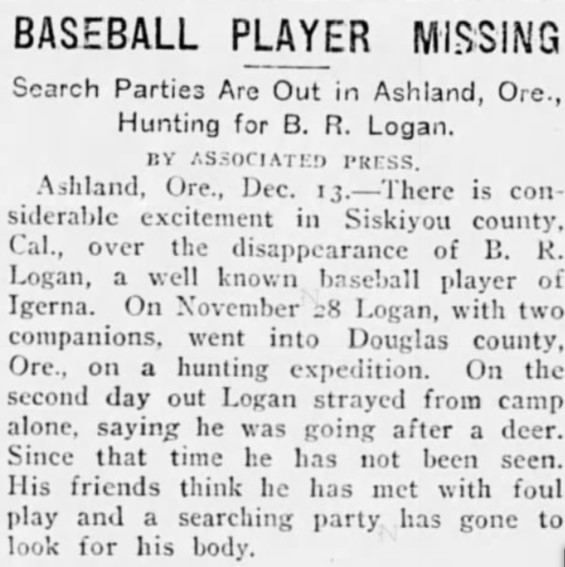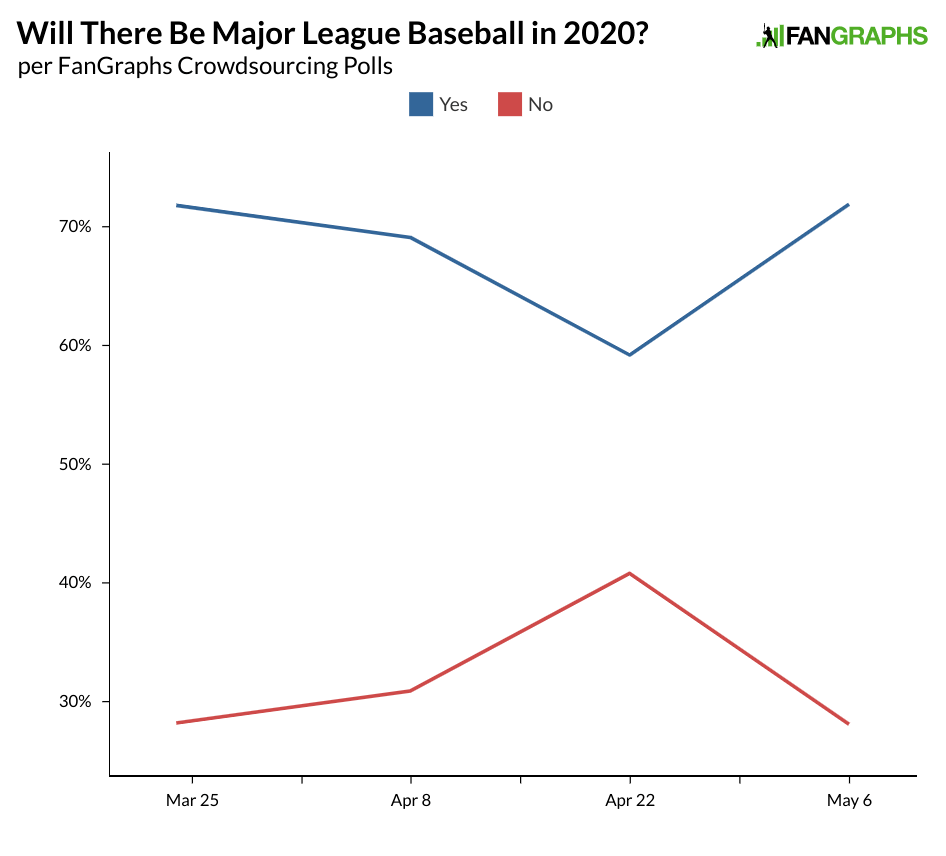This is the latest installment of a series in which the FanGraphs staff rounds up the latest developments regarding the COVID-19 virus’ effect on baseball.
The NBA Plans Its Return
The NBA, like the NHL, is in a bit of a different situation than MLB in that its season was mostly already done before COVID-19 reared its ugly morphology. NBA commissioner Adam Silver reportedly conversed with NBA owners Tuesday, providing an optimistic outlook about the resumption of play, and while the exact numbers have not been released, a confidential survey of NBA players taken by NBPA representatives indicated that there is an overwhelming desire to finish the season. And in an attempt not to force the decision right now, the NBA and NBPA also agreed to extend until September the deadline for the owners to trigger the clause that allows them to suspend the CBA.
Premier League Considers Possibility of Lost Season
The Premier League’s chief executive, Richard Masters, indicated that he has discussed the possibility of being unable to resume the 2020 season with the teams. The UK has given clearance for the league to resume on June 1 and they were previously targeting a return to play on June 8, but the teams put the kibosh on the possibility of playing games on neutral grounds (this kind of thing is a bigger deal in association football than it is in baseball). There’s another significant roadblock in that the players are not yet officially convinced that it’s safe to resume the season.
The NHL Discussing Resumption
The NHL’s Return to Play committee continued talks on Tuesday. One of the undecided questions is what the NHL playoffs will look like, one scenario being a 24-team playoff that eliminates the need to finish the regular season at all. Prominent players such as Sidney Crosby and Alex Ovechkin have previously expressed a preference for going straight to the playoffs.
Arizona Sports Are Go
Arizona governor Doug Ducey announced on Tuesday that major league sports could resume play in the state when the state’s stay-at-home order expires on Friday. Most of the scenarios in which MLB resumes play in 2020 require games to be played in some combination of Arizona, Florida, and Texas, so Arizona giving the green light to the return of professional sports was a necessary part of these plans. This is especially true in light of news that Los Angeles County envisions its stay-at-home orders remaining in effect into August. Los Angeles may not be alone if there are new COVID-19 peaks in communities with major league parks.
While baseball can resume in Arizona, there are still strings attached in that the teams will have to follow CDC safety guidelines, though one would hope that they would do so even if Arizona hadn’t laid it down as a requirement.
MLB/MLBPA Talks Are in Progress
We’ll have a lot more on this, but in any COVID-19 roundup, it can’t be forgotten that MLB started discussions with the MLBPA on the exact steps needed to start the 2020 regular season. One surprise in the first day was that the owners did not broach the topic of the extremely controversial givebacks they want from the players. And if you’re wondering why there’s been such a push from the league to play at least some of the season in teams’ home parks, it comes down, at least in part, to revenue sources that would not be as readily available at the spring training venues.
Mariners Avoid Furloughs
To avoid any cuts and furloughs through October 1, the Mariners are implementing a 20% pay cut on employees making at least $60,000 per year. Employees who would see a dip under $60,000 with a 20% pay cut will not see their salaries drop below that $60,000 line. Some of the top executives, including general manager Jerry Dipoto, are taking unspecified cuts that are greater than 20%. Personally, I’m mildly surprised to discover that Dipoto isn’t paid by the trade.
Not every teams’ staff is so lucky. There are concerns in baseball that teams will use the shutdown as an excuse to permanently slash some costs and one NL executive told ESPN’s Buster Olney that he expected significant upheaval:
“I bet 40% of those let go never get back in baseball again,” an NL official said. “A lot of these guys have been in the game for their whole adult lives, and they’re making pennies. And you’re just going to throw those guys on the street, into this economy?”
Said another team exec: “Baseball will come back, and I bet teams could make up the cost of keeping these people on within four or five years. It just doesn’t make any sense to me that these [teams] need to dump people making $40,000, $50,000. Those savings are not difference-making” within the MLB context.

 Dan Szymborski
Dan Szymborski

